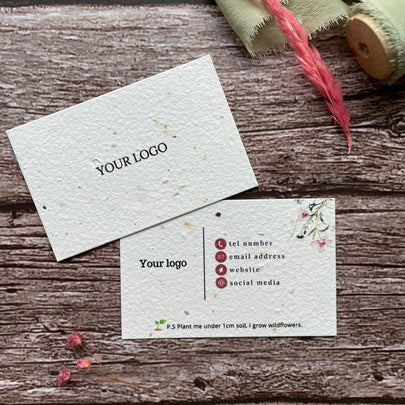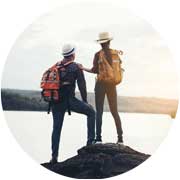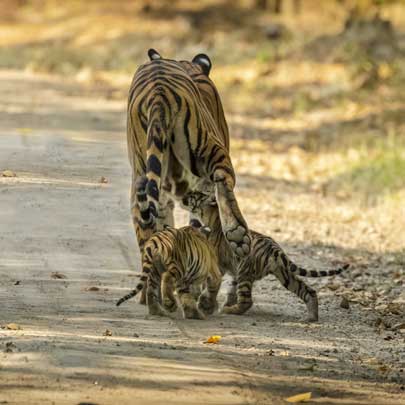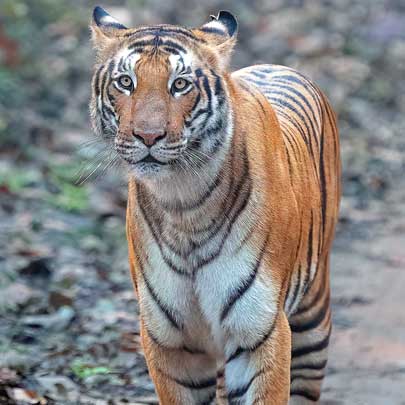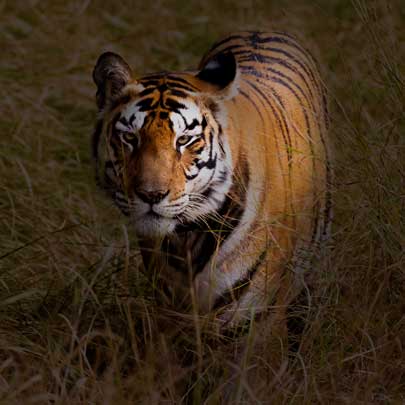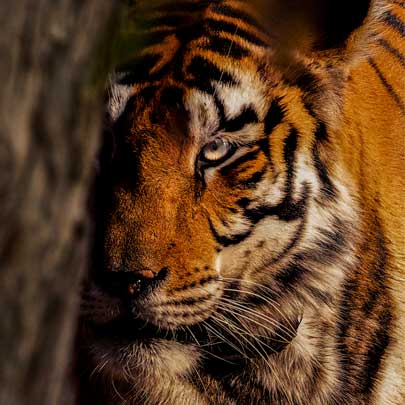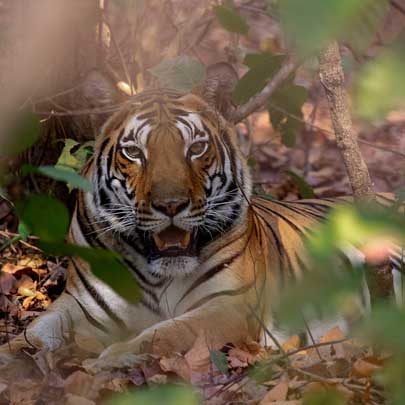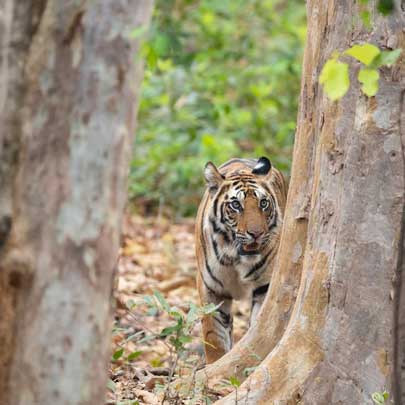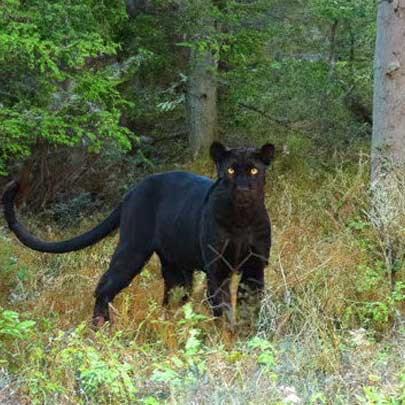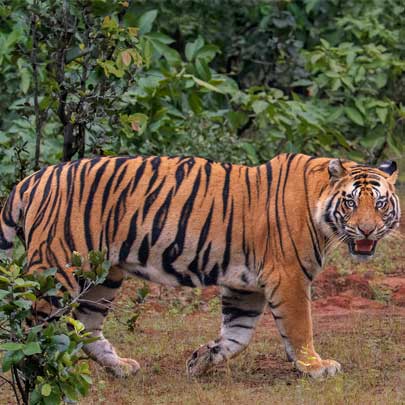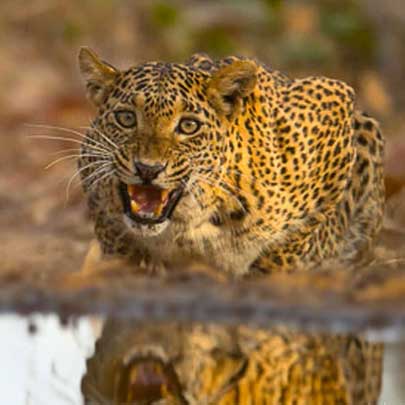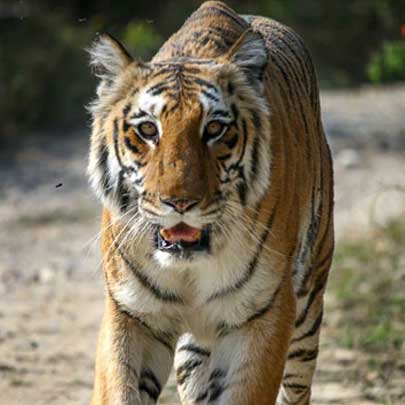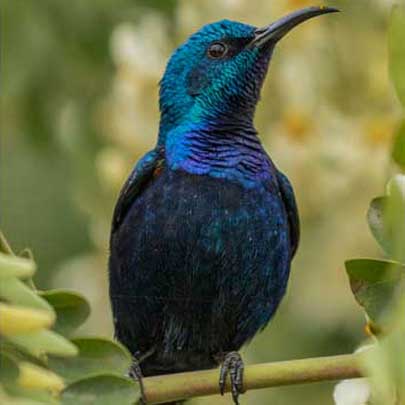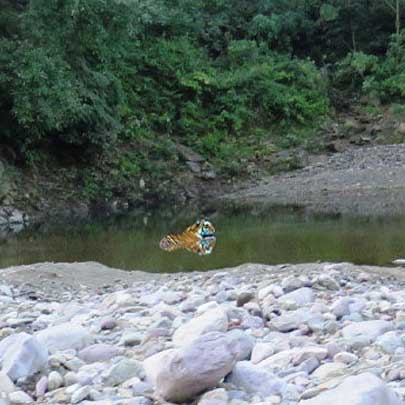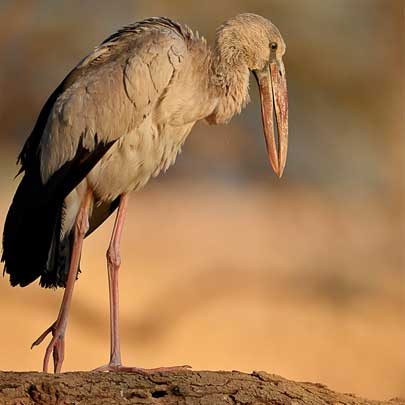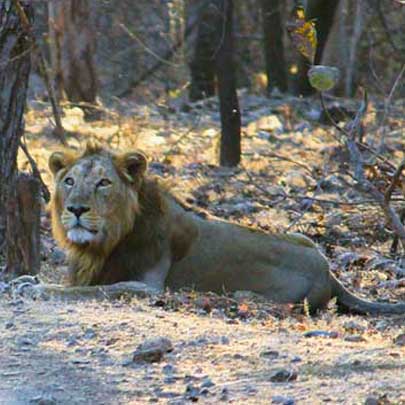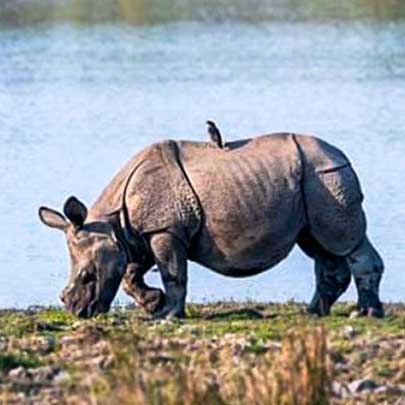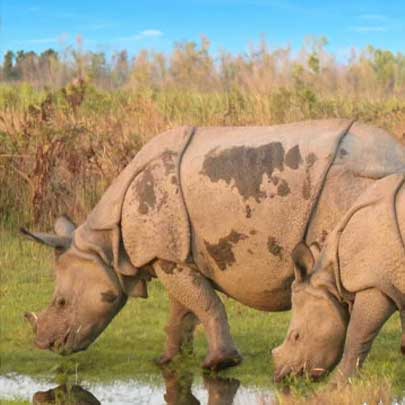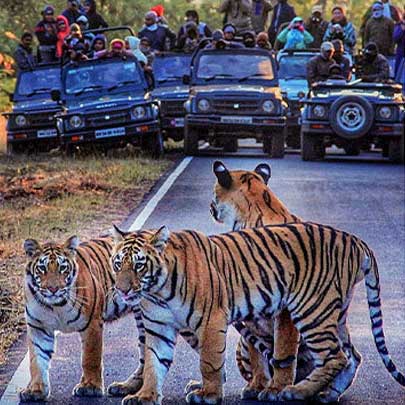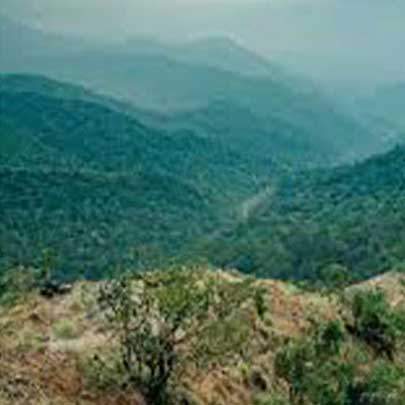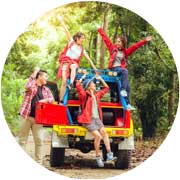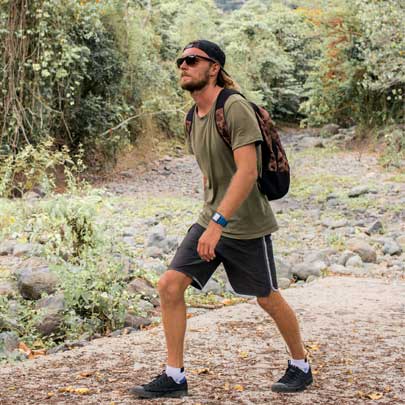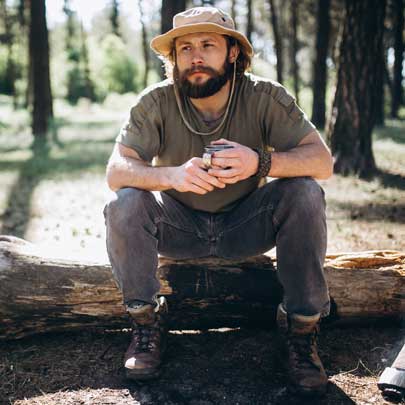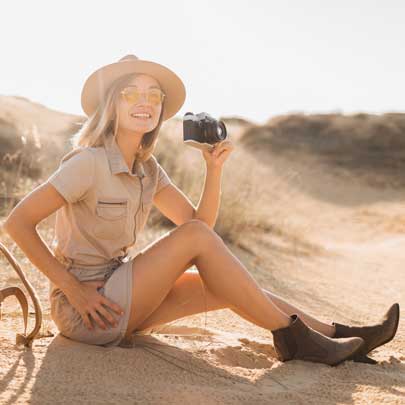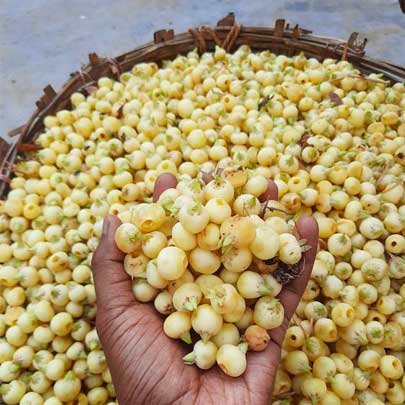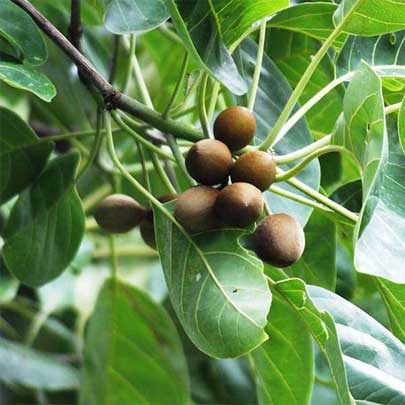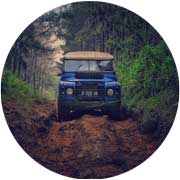How Human Activities Affect Wildlife Habitats
How Human Activities Affect Wildlife
Habitats
🐾 Introduction
Our planet is a beautiful, interconnected web of life — from lush rainforests to vast oceans, every ecosystem plays a role in maintaining balance. But over the last few centuries, human activities have drastically altered these natural systems. As we build cities, clear forests, and expand industries, we are unintentionally destroying the homes of millions of species.
The consequences are severe — wildlife habitats are shrinking, biodiversity is declining, and many species are now endangered or extinct. The natural harmony that once thrived is under threat.
In this blog, we’ll explore how human actions affect wildlife habitats, why it matters for the planet’s future, and how initiatives like Wildlense Wild Retreat are promoting awareness and conservation through responsible eco-tourism.
🌳 Understanding Wildlife Habitats
A wildlife habitat is the natural environment where a species lives, grows, and reproduces. It provides everything animals need — food, water, shelter, and space.
Each species has specific habitat requirements:
-
Tigers thrive in dense forests.
-
Polar bears depend on sea ice.
-
Marine life relies on coral reefs.
-
Birds need clean air and nesting spaces.
When these habitats are disturbed or destroyed, the entire ecological balance is disrupted. Human activities are now the leading cause of habitat loss worldwide.

🌍 Major Human Activities Affecting Wildlife Habitats
1. 🌲 Deforestation and Logging
One of the most destructive forces impacting wildlife is deforestation — the clearing of forests for agriculture, timber, and urban expansion.
Every year, millions of hectares of forests are cut down, robbing countless species of their homes. Forest destruction leads to:
-
Loss of shelter and food sources
-
Fragmentation of animal populations
-
Increased human-wildlife conflict
-
Soil erosion and reduced water quality
Example: The loss of tropical rainforests in Asia and South America has pushed species like orangutans, tigers, and jaguars to the brink of extinction.
At Wildlense Wild Retreat, awareness programs emphasize forest preservation and sustainable land use — encouraging guests to understand and support conservation efforts.
2. 🏙️ Urbanization and Infrastructure Development
As cities expand, natural habitats are replaced by roads, buildings, and industries. Urban sprawl not only occupies wildlife spaces but also divides them into small, isolated patches.

Animals that once roamed freely are forced into smaller areas, leading to:
-
Reduced breeding opportunities
-
Increased road accidents
-
Loss of migration routes
-
Greater exposure to pollution and human conflict
Wildlife corridors, which help animals move between habitats safely, are being disrupted, leading to genetic decline in species populations.
Wildlense Wild Retreat promotes eco-friendly tourism models that balance human development with nature protection — showing that modern life can coexist with wildlife preservation.
3. 🚜 Agriculture and Land Conversion
The demand for food and cash crops has led to massive land conversion for agriculture. Forests and grasslands are cleared to grow crops or raise livestock.
This leads to:
-
Soil degradation and erosion
-
Chemical pollution from fertilizers and pesticides
-
Water contamination
-
Loss of biodiversity
Large-scale monoculture farming also eliminates the variety of plants that many animals depend on.
At Wildlense Wild Retreat, guests learn about organic farming and local sourcing, helping reduce the environmental impact of food production.
4. 🏭 Industrial Pollution
Industries are vital for economic growth, but they often come at a high environmental cost. Air, water, and soil pollution have devastating effects on wildlife habitats.
-
Toxic chemicals contaminate rivers, harming fish and aquatic ecosystems.
-
Air pollution contributes to acid rain, damaging forests and soil health.
-
Plastic waste in oceans kills thousands of marine animals every year.
Example: Oil spills, like the Deepwater Horizon disaster, have wiped out marine life across vast ocean areas.
Through Wildlense Wild Retreat’s conservation initiatives, travelers gain insight into pollution’s long-term impact and the importance of waste reduction in preserving habitats.

5. 🔥 Climate Change
Climate change is perhaps the most far-reaching human impact on wildlife. Rising global temperatures, melting glaciers, and shifting weather patterns are transforming ecosystems everywhere.
Consequences include:
-
Shrinking ice caps, threatening polar wildlife
-
Coral bleaching, destroying marine habitats
-
Droughts and floods, disrupting food availability
-
Shifts in migration and breeding cycles
Species like penguins, polar bears, and coral reef fish are struggling to adapt.
Wildlense Wild Retreat educates visitors about climate-conscious travel — reducing carbon footprints and supporting reforestation projects.
6. 🚗 Poaching and Illegal Wildlife Trade
While not directly altering habitats, poaching and trafficking put immense pressure on wildlife populations. As numbers decline, ecosystems lose balance.
Illegal hunting for animal skins, horns, and meat disrupts food chains and population stability.
Organizations like Wildlense Wild Retreat advocate for wildlife protection laws and awareness campaigns to combat illegal hunting and promote responsible wildlife viewing.
7. 🛶 Tourism Without Responsibility
Tourism can either help or harm wildlife. Irresponsible tourism — such as loud safaris, littering, or disturbing animal behavior — can stress wildlife and damage ecosystems.
That’s why eco-tourism plays such an important role in conservation.

At Wildlense Wild Retreat, the focus is on responsible travel:
-
Silent safaris that respect animal space
-
Eco-friendly accommodation
-
Minimal waste generation
-
Support for local conservation projects
Here, tourism becomes a tool for education and habitat protection, not exploitation.
🌿 The Consequences of Habitat Destruction
The effects of human interference in wildlife habitats are profound and long-lasting.
🦋 1. Loss of Biodiversity
Every species plays a unique role in maintaining ecological balance. Destroying their habitats leads to extinction — and when one species disappears, others are affected too.
🌾 2. Increased Human-Wildlife Conflict
As animals lose their habitats, they move closer to human settlements in search of food and water. This leads to conflicts that are often fatal for wildlife.
💧 3. Ecosystem Imbalance
Pollination, seed dispersal, and pest control — all depend on wildlife. Disruption in these natural processes affects agriculture, forestry, and water systems.
🌍 4. Climate Instability
Forests act as carbon sinks. Deforestation releases carbon dioxide, accelerating global warming and worsening the climate crisis.
🌺 5. Loss of Natural Beauty and Heritage
Wildlife and forests are part of our cultural identity. Losing them means losing our natural heritage and the inspiration they bring to humanity.
🦜 The Role of Wildlense Wild Retreat in Conservation
Amid growing threats to nature, Wildlense Wild Retreat stands as a beacon of hope for sustainable travel and wildlife conservation.

This eco-friendly retreat is designed not just for recreation but for reconnection with nature. Every guest who visits becomes part of a larger mission — to protect, respect, and restore wildlife habitats.
🌱 What Wildlense Wild Retreat Does:
-
Promotes Responsible Tourism:
Encouraging visitors to observe wildlife ethically and maintain eco-friendly practices. -
Supports Local Communities:
By providing employment and training opportunities, the retreat reduces human pressure on forests. -
Spreads Environmental Awareness:
Educational walks, nature trails, and guided safaris teach guests about conservation challenges and solutions. -
Implements Sustainable Practices:
From solar energy use to waste segregation and water recycling, every aspect of the retreat supports sustainability. -
Collaborates with Conservation Initiatives:
Wildlense partners with organizations that work on reforestation, anti-poaching, and habitat restoration.
By staying at Wildlense Wild Retreat, travelers contribute directly to the protection of wildlife habitats — turning leisure into a meaningful cause.
🌾 How You Can Help Protect Wildlife Habitats

You don’t need to be a conservationist to make a difference. Every small step counts. Here’s how you can help:
-
Choose Sustainable Travel:
Stay at eco-lodges like Wildlense Wild Retreat that follow green practices. -
Reduce, Reuse, Recycle:
Limit waste, avoid single-use plastics, and support zero-waste lifestyles. -
Plant Trees:
Support afforestation drives or plant trees in your community to restore green cover. -
Educate Others:
Spread awareness about wildlife conservation and responsible tourism. -
Support Eco-Friendly Brands:
Choose products and services that prioritize sustainability. -
Volunteer or Donate:
Join conservation programs or donate to organizations protecting wildlife.
🌍 Conclusion
Human progress has come at a great cost — but it’s not too late to change course. Our actions today will determine the future of the planet’s wildlife.
By understanding how human activities affect wildlife habitats, we can make more responsible choices — as individuals, travelers, and communities.
Destinations like Wildlense Wild Retreat remind us that development and conservation can go hand in hand. Through responsible travel and conscious living, we can protect the delicate balance of nature and ensure that future generations inherit a thriving planet full of life.














